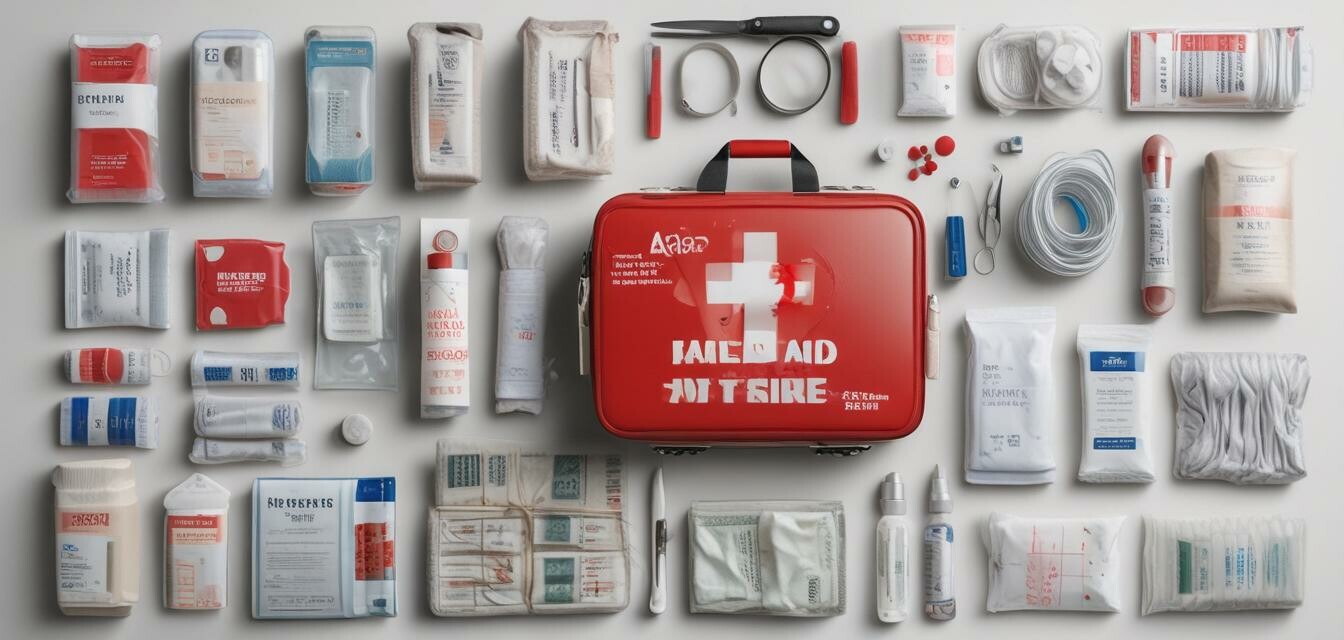
Bug Out Bags
Key Takeaways
- Bug out bags are essential for emergency preparedness.
- Customization is key; each bag should suit individual needs.
- Core items include food, water, shelter, and first aid supplies.
- Regularly check and update your bug out bag.
- Consider weight and portability for easy transportation.
In today’s unpredictable world, being prepared for emergencies is crucial. A bug out bag, often referred to as a 72-hour kit, is a portable collection of supplies designed to sustain you during an unforeseen situation. This guide will help you understand how to assemble and customize your bug out bag for maximum effectiveness.
What is a bug out bag?
A bug out bag is a survival kit that you can grab and go in case of an emergency. It is designed to provide you with the essentials you'll need for 72 hours or more. The goal is to have everything you might require to stay alive and safe during the first few days after a disaster.
Key components of a bug out bag
Your bug out bag should include a variety of items tailored to your specific needs. Below is a table of the essential components:
| Category | Essential Items |
|---|---|
| Food | Non-perishable food items, energy bars, dehydrated meals |
| Water | Water filtration system, water bottles, purification tablets |
| Shelter | Tarp, emergency blanket, tent |
| First Aid | First aid kit, medications, personal hygiene items |
| Tools | Multi-tool, knife, fire starter |
| Navigation | Map, compass, GPS device |
Customizing your bug out bag
Each bug out bag should be customized based on personal needs, location, and potential emergencies. Here are some factors to consider:
- Family size: Consider the number of individuals you need to prepare for.
- Location: Tailor your supplies based on the environment you live in.
- Duration: Determine how long you may need to be self-sufficient.
- Medical needs: Include any necessary medications or medical supplies.
Essential items to include
Below is a detailed list of essential items you should consider packing in your bug out bag:
- Food: Aim for at least 1,500 calories per day.
- Water: Store at least 1 gallon per person per day.
- First Aid Kit: Should include bandages, antiseptic wipes, and pain relievers.
- Clothing: Pack extra clothing suited for the climate.
- Fire-starting tools: Waterproof matches, lighter, fire starter kit.
- Emergency blanket: Lightweight and compact for easy carrying.
- Multi-tool: A versatile tool for various tasks.
- Flashlight: With extra batteries for visibility.
Maintaining your bug out bag
Regular maintenance of your bug out bag is crucial to ensure all items are functional and not expired. Here are some tips on how to do this:
Tips for maintaining your bug out bag
- Check expiration dates on food and medical supplies every six months.
- Replace batteries in flashlights and devices regularly.
- Update clothing based on seasonal changes.
- Test your gear to ensure it works properly.
Bug out bag for specific needs
Different situations may require different items. Below are tailored suggestions for specific needs:
| Situation | Additional Items |
|---|---|
| Family evacuation | Extra food, child-specific supplies, toys for comfort |
| Natural disasters | Tools for debris removal, waterproof gear |
| Urban emergencies | Self-defense items, portable phone charger |

Conclusion
Building a bug out bag is an essential step in emergency preparedness. By customizing your bag and regularly maintaining it, you can ensure that you and your loved ones are ready for any situation. Always be proactive in your preparations and stay informed about potential risks in your area.
Pros
- Provides peace of mind during emergencies.
- Can be easily customized to fit individual needs.
- Encourages self-sufficiency and preparedness.
- Portable and easy to store.
Cons
- Initial setup costs can be high.
- May require regular updates and checks.
- Weight can be an issue if not properly packed.
Learn more about related products
Explore our other categories to enhance your preparedness:
- Emergency Food Supplies
- First Aid Kits
- Navigation and Communication Devices
- Shelter and Sleeping Gear
- Survival Tools and Gadgets
- Water Filtration Systems










